As we know, OTDR measure optical fibers by Rayleigh Scattering principle, but what is Rayleigh Scattering?
Rayleigh scattering is a physical phenomenon, which means that when light goes through the medium, part of the energy will be scattered. When the size of the scattering particles is much smaller than the wavelength of the incident light (less than one tenth of the wavelength), the intensity of the scattered light is inversely proportional to the fourth power of the wavelength of the incident light. This phenomenon is called Rayleigh scattering. The principle of Rayleigh scattering was discovered by the British physicist Lord Rayleigh in 1900, hence its name.
1. Principle of Rayleigh scattering
The principle of Rayleigh scattering can be explained by electromagnetic theory. According to electromagnetic theory, light is an electromagnetic wave whose electric and magnetic fields alternate in space. When light goes through a medium, atoms or molecules in it respond to the electromagnetic wave, and their electrons or nuclei vibrate, absorbing some of the energy and emitting scattered light.
Rayleigh scattering is a special kind of scattering phenomenon, whose scattering intensity is inversely proportional to the fourth power of the incident light wavelength. This is because when light goes through a medium and the scale of the scattered particles is much smaller than the wavelength of the incident light, the boundary effect of the scattered particles can be ignored. At this point, the scattered particles can be regarded as a continuous medium, and the scattering process can be seen as a wave process in the continuous medium.
2. The role of Rayleigh scattering in optical fiber testing
Rayleigh scattering plays an important role in optical fiber testing. It can be used to measure information such as the length of optical fibers, small changes in optical fibers, and fiber losses.
(1) Measuring fiber length
By measuring the inverse square root of Rayleigh scattering intensity, the length of the fiber can be calculated. Specifically, when the laser beam propagates in the fiber, it will generate backward Rayleigh scattering light. By collecting this backward Rayleigh scattering light at the other end of the fiber and comparing it with the incident light, the loss and small change of the fiber can be calculated. According to the relationship between the inverse square root of Rayleigh scattering intensity, the length of the fiber can be calculated.
(2) Measuring small changes in optical fibers
Small changes in the fiber will also produce Rayleigh scattering light. For example, fiber bending, squeezing, temperature changes, etc. can all cause small changes in the fiber. By measuring the intensity of backward Rayleigh scattering light, we can also determine whether there are impurities or defects in the fiber. This information is crucial for fiber optic communication and sensing applications.
(3) Measuring fiber loss
Fiber optic transmission loss is a very important parameter in fiber optic communication systems. The lower the fiber optic transmission loss, the farther the transmission distance of the fiber optic communication system. The loss of optical fiber can be calculated by measuring the ratio between the intensity of incident light and the intensity of backward Rayleigh scattering light. This method is called back Rayleigh scattering method, and it is a common method for measuring fiber loss.
3. Summary
Rayleigh scattering is a special kind of scattering phenomenon, whose scattering intensity is inversely proportional to the fourth power of the incident light wavelength. It plays an important role in fiber optic testing. By measuring the intensity of backward Rayleigh scattering light, we can calculate the length of the fiber, the small changes in the fiber, the loss of the fiber and other information. This information is crucial for fiber optic communication and sensing applications.
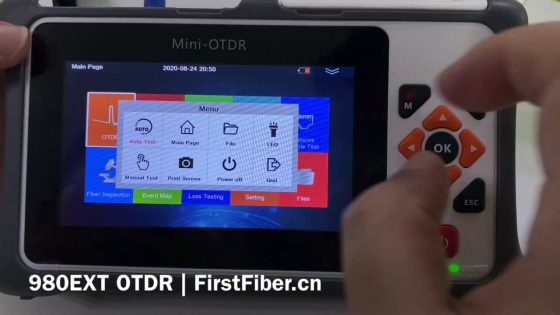
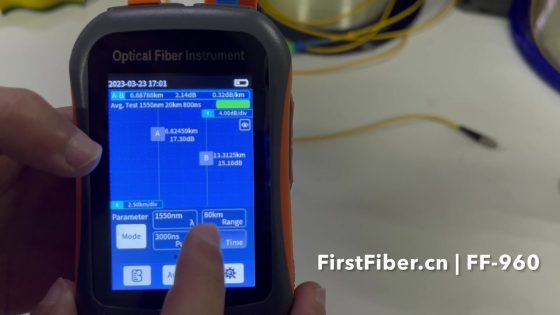
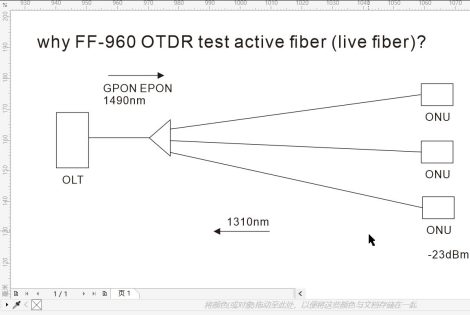
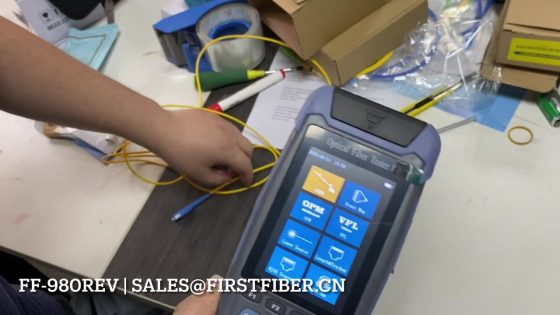
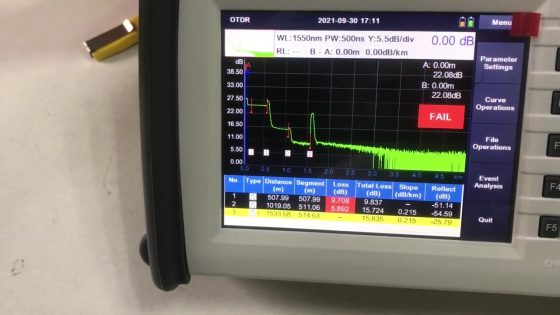
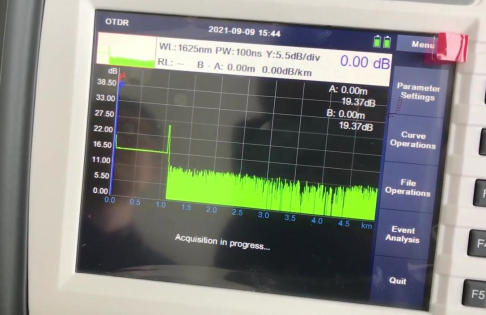
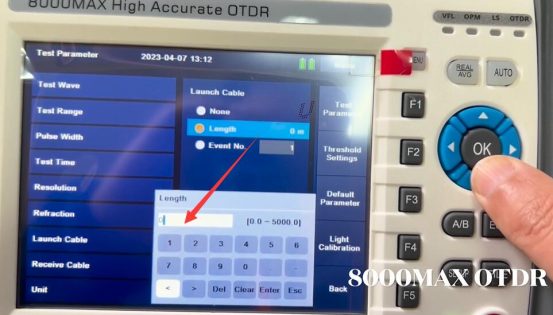
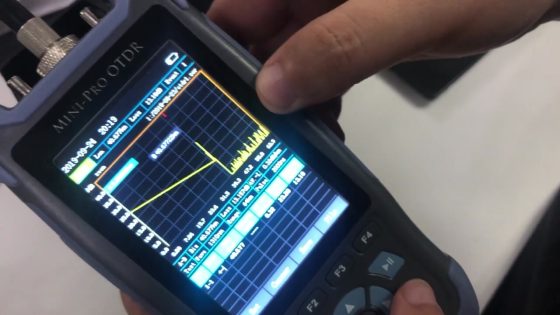

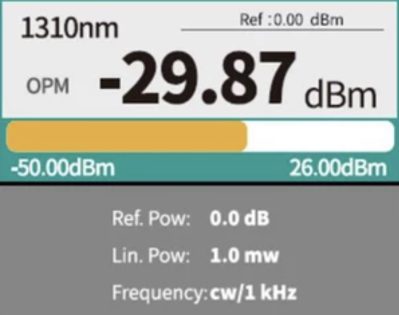

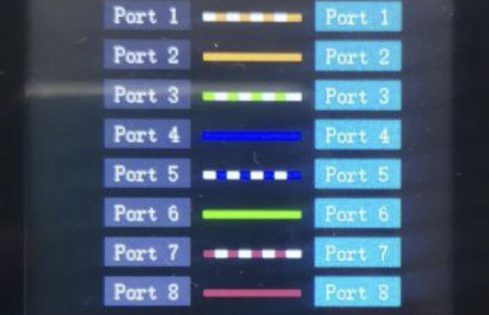




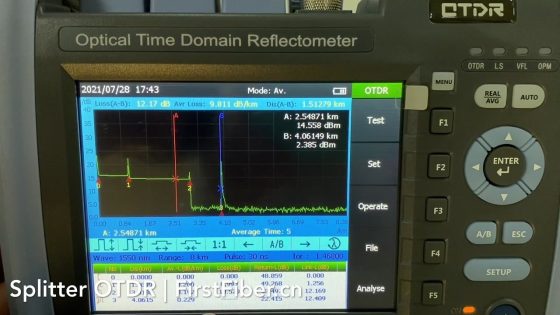

Comments are closed.